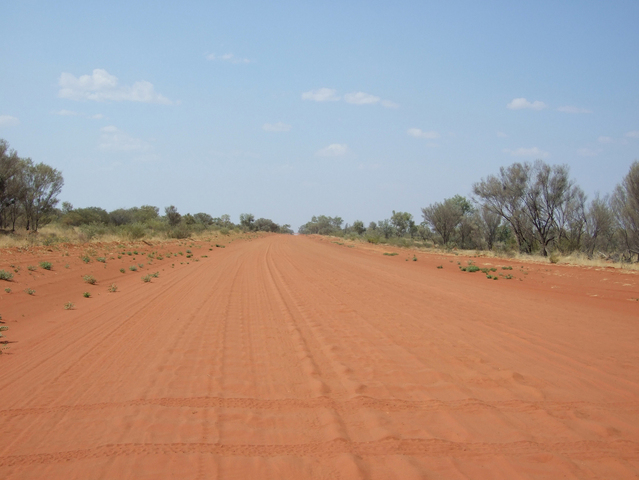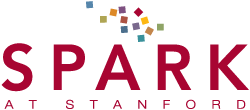Bridging The Gap

SPARKing ear drum regeneration
March 4, 2020
Living in the Bay Area, it’s easy to forget how impactful some diseases are. I was spoiled too, growing up in Perth, Australia – another city of great wealth. During my training to become an ENT surgeon there it was eye opening when we did outreach clinics in the north of Western Australia. The state is massive, and it took around seven hours to travel out to small remote indigenous communities. As the landscape and climate changed, so did the medicine from first world to third world.
We would set up clinics in these communities and see 50-100 children a day. Many of them were too shy or scared to talk to us, but they didn’t need to talk for us to know they were all burdened by middle ear infections. As part of their disease, many of the children suffered from ear drum perforations, giving them hearing loss on top of their many health problems. We were overwhelmed in our abilities to provide treatment for them. Many of them would get betadine ear flushes to control infections and a few managed to be operated on to patch the holes in their ear drums. Modern medicine was failing a large group of people in the world, as these children were only a few of the 300 million worldwide with this problem.
As a SPARKee I learned very early on to “start with the end in mind” and to bring a human context into therapeutic discovery. This was my end and my human context.
With a background understanding of wound healing in ear drums I began to formulate ideas to solve this problem. As noble as it might seem to solve a big 3rd world problem, I quickly learned through interaction with the biotech industry and venture capital that there needed to be a compelling 1st first world story to get commercial interest. Even more importantly, my solution needed to be relevant in improving the health economics of care in the U.S.
While the problems for the Aboriginal children were hearing loss and a lack of access to care, in the first world the problem was that the standard of care was costly, as it required surgery and general anesthesia. The surgery itself was relatively successful, and so I needed to look at the problem as not needing to improve surgery but to reduce the overall cost of care. It became clear that whatever my solution was to repair the ear drum, it needed to be done without surgery and anesthesia.
With some early proof of concept that a topical growth factor could regenerate the ear drum, I was accepted into SPARK in 2014. At first I joined SPARK for the seed funding that was provided to accelerate my experiments, but soon I learned the true value was that it was supported by over 200 industry mentors.
SPARK taught me to focus my pathway on getting to the clinic at all costs. Sometimes I had ideas that would have led to high impact publications. Publication is a real pressure in academia. I vividly recall Dr. Mochly-Rosen, co-director and founder of SPARK, asking me to think about how going down that pathway would delay my pathway to the clinic. I took that advice and within months of focusing only on translating my idea I had finished animal proof-of-concept and toxicity studies. With exciting animal POC, I was introduced to the local industry and venture capital. Supported by many SPARK mentors, I learned how to present and pitch my idea.
By the end of the year my idea had been taken into a startup and early in the next year my idea had been licensed to pharma. In 2017 Astellas Pharma licensed worldwide rights to a simple growth factor- based topical application from our startup, Auration Biotech.
This year, the idea I had 6 years ago, is entering human clinical trials.
SPARK’s teaching of learning to focus on translational science surrounded by seasoned veterans in the industry took this project from an idea to clinical trials. Now I just might have a potential solution that could help these children in my home country.
